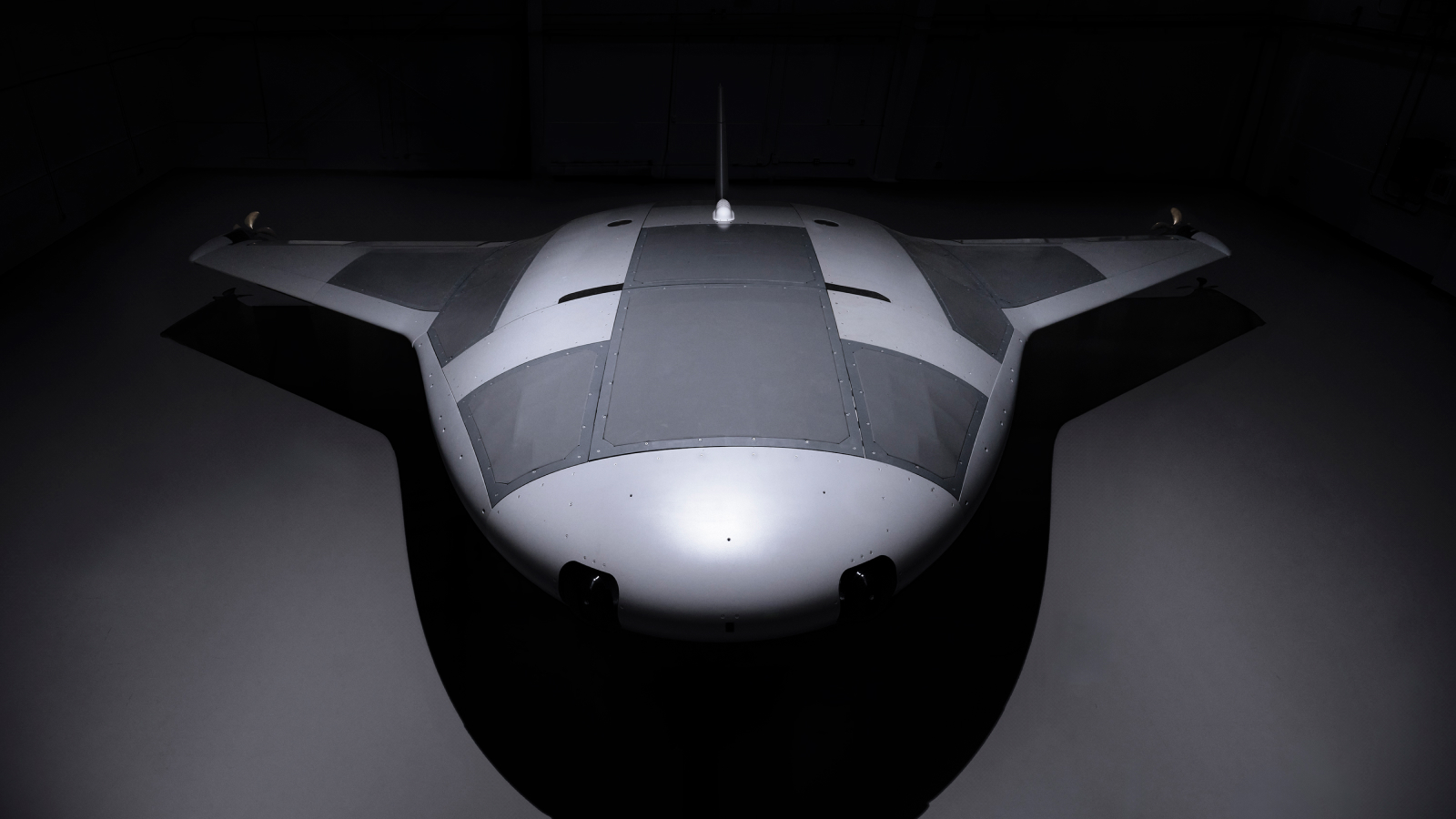Metals, Vol. 14, Pages 444: Modular Finite Element Modeling of Heavy Plate Rolling Processes Using Customized Model Reduction Approaches
Metals doi: 10.3390/met14040444
Authors: Andreas W. Nemetz Erik Parteder Paula Reimer Thomas Kaltenbrunner Bodo Heise Jagoba Lekue Thomas Gross Stefan Falkner Rupert Egger Klaus Zeman
Heavy plates are indispensable semi-finished products. Quality is strongly linked with production, so the rolling process must be performed within well-defined narrow tolerances. To meet this challenge, adequate modeling has become a necessity. In contrast to continuous strip rolling, where the workpiece can be modeled as a semi-infinite strip and 2D modeling can be argued quite well, this strategy is insufficient for the comprehensive modeling of heavy plate rolling. The geometry of the heavy plate favors an inhomogeneous distribution of relevant state variables, such as temperature. In addition, if the process involves longitudinal and spreading passes, the required plate rotation spoils the assumption of a symmetric arrangement that might have been acceptable before rotation. Consequently, the derivation of suitably reduced models is not trivial, and modeling tailored to the specific objective of investigation is of utmost importance. Models intended to resolve the evolution of inhomogeneities in the field variables are demanding and computationally expensive. An effective modular modeling strategy was developed for such models to be used offline. Mutually complementing and interchangeable modules may constitute an efficient modeling strategy valid for the specific subject of interest. The presented approach reduces the enormous cost of complete 3D simulation as much as the model purpose allows for.

 2 weeks ago
24
2 weeks ago
24


